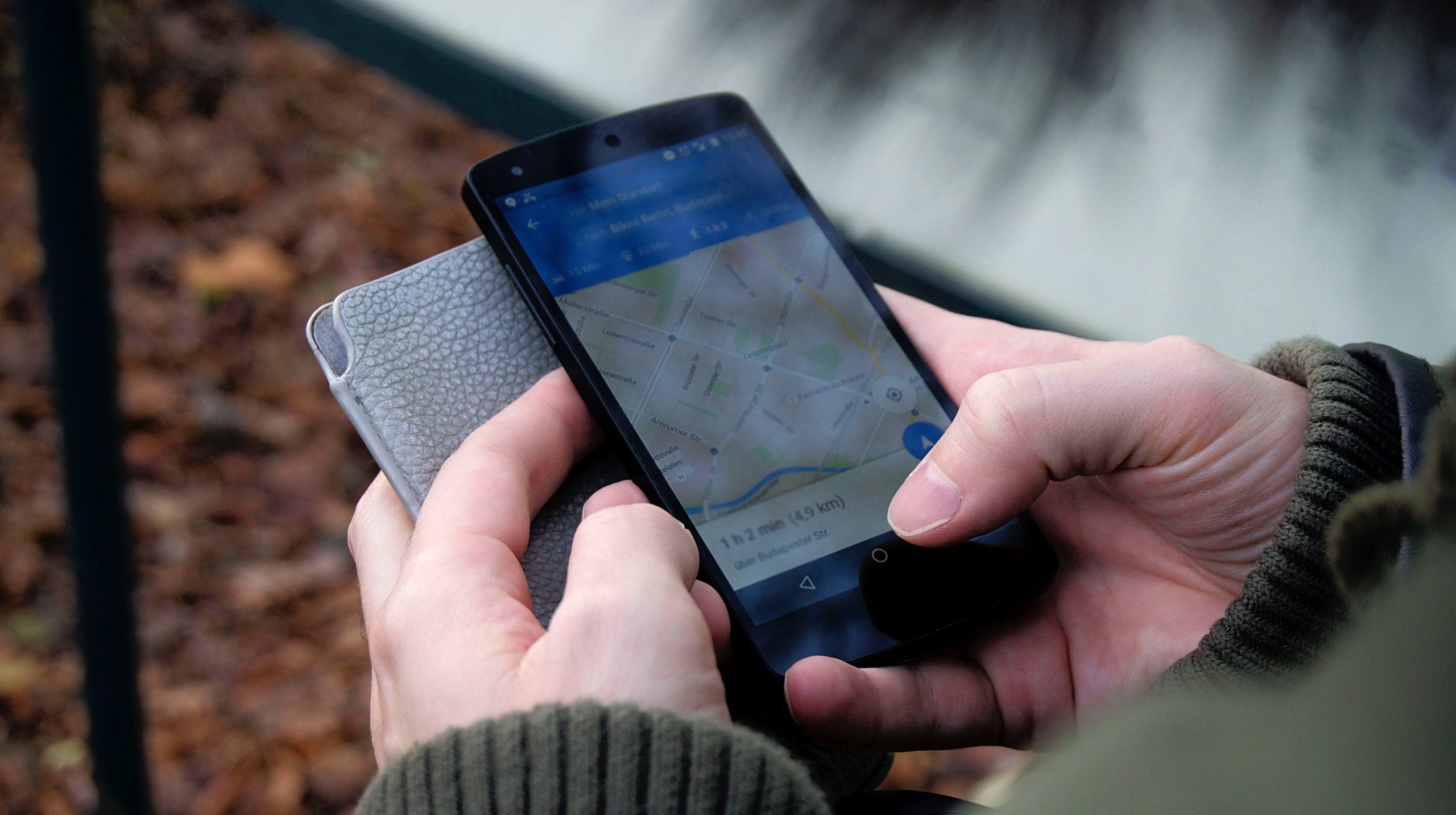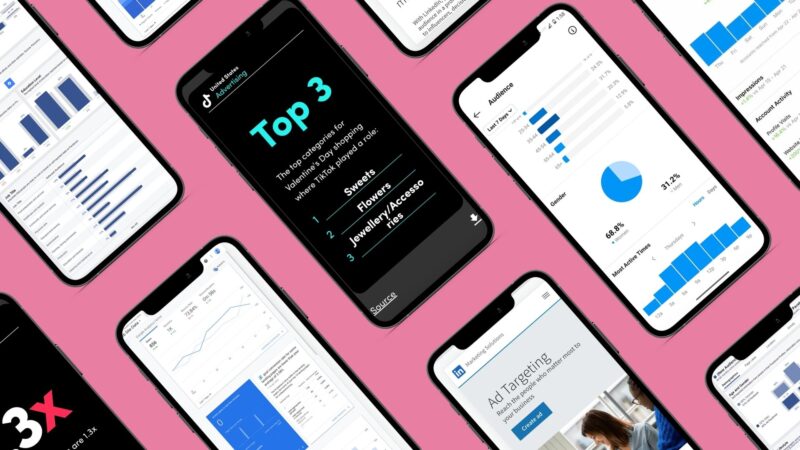Local SEO (Local Search Engine Optimisation), which is also sometimes referred to as local search marketing, is an incredibly effective way to advertise your local business online. Particularly important for smaller businesses, it helps businesses who want to promote their products and services to local customers at the exact time local customers are looking for them online! By optimising your website for local SEO, it will bring you more website traffic, leads and conversions all from a local potential customer base.
Although the focus of SEO is on ranking across the country, local SEO should not be neglected in your area on SERP. By focusing on specific local SEO, you can compete with larger businesses that optimise for broader keywords and rely on brand recognition to bring in local traffic.
Step 1: Claim your Google My Business Listing
The most effective way to rank highly on Google Maps and to achieve visibility in Google Search local results is to sign up for Google My Business and to optimise your Google listing, including your business profile.
It’s simple to claim your Google My Business account, go to Google My Business and click on ‘Manage Now’ in the top right corner. You will need to verify your business, either by a phone call or by having a postcard sent to your address.
Once you have your Google My Business account set up, provide all of the information required in your Google My Business dashboard, such as your business name, the product or service, plus plenty of pictures. You can also invite your customers to write a review of your business. This information will then be included in your Google Maps business profile, Google Search Knowledge Panel and in Google Search Local Results.
If you have SEMrush, you can even populate your Google My Business listing using the ‘listing management tool’ in SEMrush!
Step 2: Invite customers to review your services
Asking your customers to review your services doesn’t only optimise your Google My Business profile, but it also builds your local reputation and builds trust with other potential local customers.
You can invite customers to review in a number of ways such as sending an email, text or letter requesting customers leave a review (although check first with your team that the experience was positive).
Manage reviews in your Customer Relationship Platform or through a tool like SEMrush, which can manage your customer reviews from across all directories in the ‘listing management tool’.
Step 3: Optimise for Voice Search
With more and more of us turning to digital assistants like Siri and Alexa for information, plus according to a report by Search Engine Watch, mobile voice searches are 3x more likely to be local-based than text search, it’s important that your website is optimised for voice search. Find out more about voice search and optimisation in our detailed guide here.
When optimising your content for voice search, it’s important to take into account user intent since most voice searches are conducted when the users wants information. Find out more about optimising your content with context and intent in mind here.
Step 4: Build your content based around local events or news
How better to engage your local community than with content around your local community? To communicate with your local community, you could create locally focused content that communicates local news stories or activities. Or you could make content that promotes local causes through your business. Additionally, building location-specific pages for your services will help you rank for specific location keywords.
Step 5: Create a mobile responsive website
As of 2020, there is a staggering 3.5 billion smartphone users worldwide, by 2021 this is expected to grow to 3.8 billion users. With the transition from web to mobile devices moving faster than anticipated, it’s important to ensure your website is mobile responsive.
In addition, a quick loading website not only boosts your responsiveness, it also boosts your chances of ranking for voice search.
Step 6: Local Keywords
When targeting local customers, it makes sense that you’d want to use local keywords. The Keyword Planner tool from Google helps you to filter location-based searches to gain an insight into the common search terms and lists the keywords locally. These local keywords should appear in your URLs, through the structured data (your metadata) and throughout your copy.
Alternatively, or even as well as the Keyword Planner Tool, you can also use tools such as SEMrush and Moz to target local keywords.
Step 7: Create location specific pages
If you have more than one location or store, then location pages will be necessary and should provide information such as: opening times, addresses, contact details, local promotions, testimonials, Google Maps for every location. It’s important that all of this content is unique.
If you only have one location, create an ‘about us’ page which features your local information.
Step 8: Use Business Directories
Online business directories such as YellowPages, Bing Places and 192 are effective ways to improve your local exposure and boost your local SEO.
Basic information should be included across all directories such as: your business name, contact, and address, a link to your website and a detailed business summary.
Step 9: High-quality backlinks
According to a report undertaken by Moz in 2017, the first and second most relevant considerations for local SEO is link signals. Link signals directing to your site are called backlinks, links are necessary to improve the efficiency of your local SEO.
It can be time consuming and tedious to create back-links but there is no other way to do it than properly. You can use a trusted backlink maker tool like Moz to help you. As well as guest blogging on authoritative sites with a high domain ranking, plus include links of high quality into your contact so that others see you as reputable and link to you. You can also try to link with local influencers through your social network or email.
Step 10: Create individual product pages
It can be tempting to put all of your goods or services on one page, especially if you either don’t have many or have a lot of products; however, this will not only harm your local SEO but also your overall SEO efforts as all the different keywords will be in competition with each other.
Create individual product pages for each product or service you offer, with specific regional keywords. Use Google’s Keyword Planner Tool or a SEO tool like SEMrush to find the most appropriate keywords.
By applying these local SEO techniques, your business will not only benefit from increased local searches, but you’ll stay at the forefront of the ever-changing SEO field!
SEO is constantly evolving and adapting, we will never know when Google will release a new algorithm update or add new features to the SERPs. However, we know for sure that creating useful, engaging content that is helpful to your customers will always rank well. If you’d like to read more about the importance of context and intent, take a look at our blog on Google’s BERT algorithm update here.






